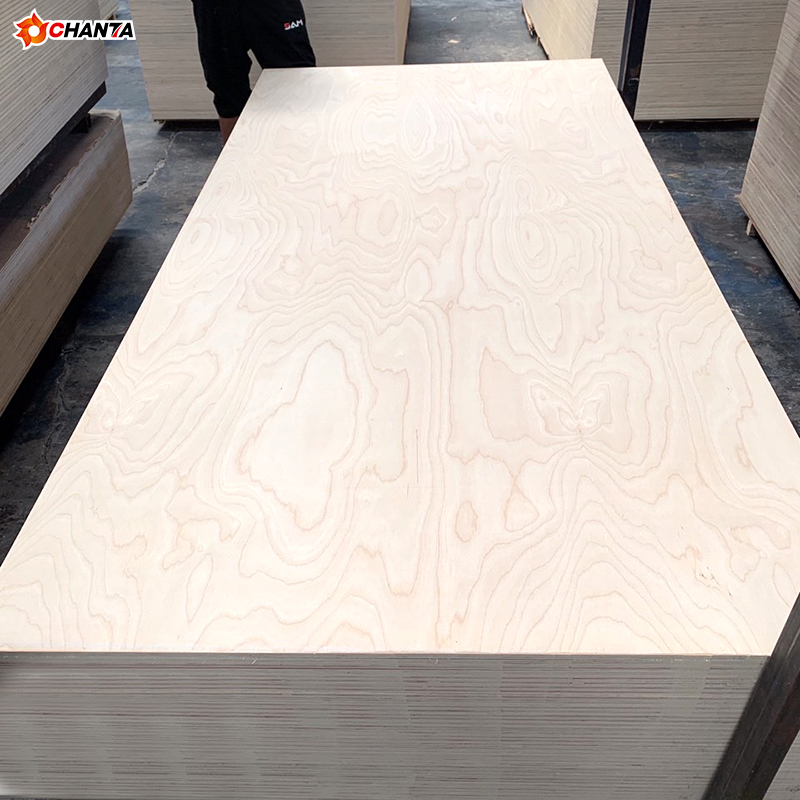The Manufacturing Process of MDF
The creation of MDF begins in the forest, where trees are sustainably harvested and transported to a processing facility. The primary raw material for MDF is usually softwood, although hardwood can also be used. The process involves several critical steps:
- Debarking and Chipping: The first step in MDF production is to remove the bark from the logs, as it is not suitable for fiber production. Once debarked, the logs are then chipped into small pieces. These wood chips are the fundamental building block for MDF.
- Pulping: The wood chips are then broken down into fibers. This is typically achieved through a mechanical pulping process involving refining the chips under high pressure and temperature. The goal is to create a homogeneous pulp that will ensure a consistent final product.
- Drying and Resin Application: The wood fibers are then dried to reduce their moisture content. After drying, they are mixed with a resin binder and wax. The resin acts as a glue that will bind the fibers together, while the wax improves the water resistance of the MDF.
- Forming and Pressing: The mixture of wood fibers, resin, and wax is then formed into mats. These mats are placed in a press where they are subjected to high temperature and pressure. This process compacts the fibers into a dense, uniform panel. The thickness of the MDF can be adjusted by altering the amount of material in the mat and the pressure applied.
- Cooling and Finishing: After pressing, the MDF panels are cooled and then cut to size. Further processing, such as sanding the surface to make it smooth, is often required to meet specific product standards.
Applications of MDF
MDF’s versatility allows it to be used in a wide range of applications:
- Furniture Production: MDF is extensively used in the manufacturing of home and office furniture due to its smooth surface, which is ideal for painting and veneering.
- Cabinetry: Its strength and stability make MDF an excellent choice for kitchen and bathroom cabinets.
- Flooring: MDF serves as a core material for laminate flooring, providing a stable base for the decorative and wear layers.
- Doors: MDF is used for the production of interior doors because it is easy to shape and customize.
- Decorative Projects: MDF’s smooth surface is perfect for decorative items, moldings, and trim, as it can be easily painted or coated.
Advantages of MDF
MDF offers several advantages over traditional wood and other composite materials:
- Uniformity and Stability: MDF has a smooth, grain-free surface that does not warp or crack, making it highly predictable in its behavior and application.
- Workability: MDF can be cut, drilled, machined, and filed without damaging the surface, allowing for intricate and precise finishes.
- Cost-Effectiveness: Compared to solid wood, MDF is more affordable, making it an economical choice for many applications.
- Environmental Sustainability: MDF is often made from recycled wood and sawmill residue, reducing waste and promoting sustainable use of resources.
Conclusion
MDF is a material that embodies the intersection of sustainability, versatility, and innovation. Its manufacturing process, from sustainable forestry to the creation of dense, stable panels, demonstrates a commitment to environmental stewardship. The wide range of applications for MDF, from furniture to construction, underscores its utility and adaptability. Moreover, its advantages, including cost-effectiveness, workability, and sustainability, make MDF an essential material in the modern world. As industries continue to seek sustainable and efficient materials, MDF stands out as a testament to what can be achieved through thoughtful engineering and respect for the environment.




















